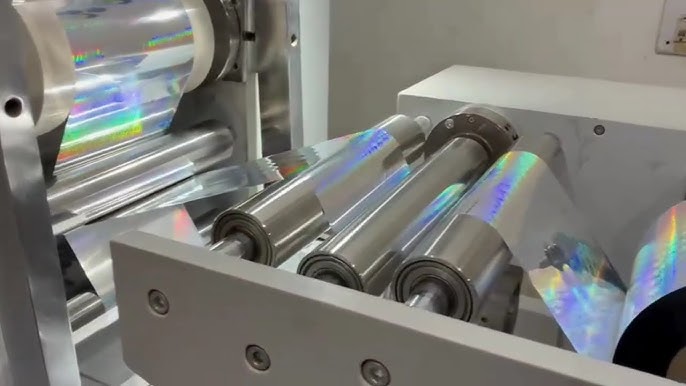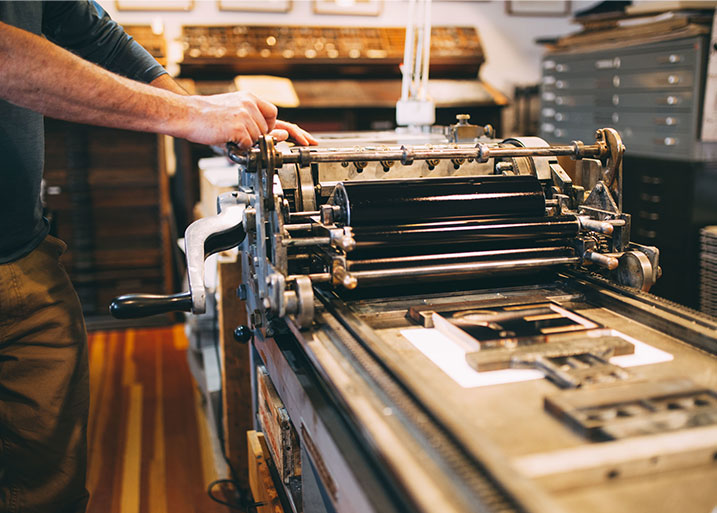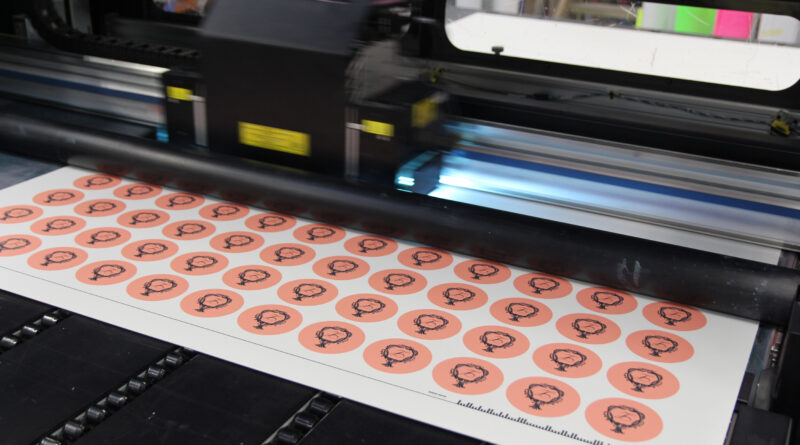In today’s fast-paced and ever-evolving world, businesses face myriad challenges in ensuring the security of their products. Among these challenges, counterfeiting has emerged as a significant concern. However, innovation in technology provides new pathways to tackle these issues. One such innovation is Augmented Reality in Packaging Security, which has the potential to revolutionize how businesses protect their products.

The Rise of Augmented Reality
Augmented Reality (AR) is not just a buzzword; it has become a transformative technology across various sectors. In the context of packaging, AR can overlay digital information onto the physical world, providing an interactive experience for users. This capability can be leveraged to enhance anti-counterfeit measures and improve security.
The Role of AR in Packaging
Enhancing Product Authentication
One of the primary applications of AR in packaging security is product authentication. By integrating AR, brands can create unique digital signatures that are virtually impossible to replicate. Consumers can use their smartphones to verify the authenticity of a product instantly.
Interactive Consumer Engagement
AR allows for a level of consumer engagement that traditional packaging lacks. Brands can use AR to tell their story, provide usage instructions, or offer exclusive content, all while ensuring the product’s authenticity. This not only secures the product but also builds trust with consumers.
Technology Behind AR in Security
Smart Labels and IoT
Integrating AR with smart labels and the Internet of Things (IoT) creates a robust system for tracking and verifying products throughout the supply chain. These smart labels can store and communicate data, enhancing both transparency and security.
RFID Tags
Radio Frequency Identification (RFID) tags are another technology that can be paired with AR. These tags provide real-time tracking and data exchange, which can be crucial for maintaining security and integrity in packaging.
Advantages of AR in Packaging Security
Preventing Counterfeiting
AR makes it significantly more difficult for counterfeiters to replicate products. By adding a digital layer that is unique and interactive, brands can stay one step ahead of those looking to create fake versions of their products.
Cost Efficiency
While the initial setup for AR may require investment, the long-term savings in preventing counterfeiting and building brand loyalty can be substantial. AR can streamline supply chain operations, reducing costs associated with fraud.
Environmental Impact
AR can contribute to more sustainable practices by minimizing the need for excessive physical materials in packaging. By offering digital information and interaction, brands can reduce their carbon footprint.
Challenges and Considerations
Technological Barriers
Implementing AR technology requires overcoming certain barriers, such as ensuring compatibility with existing systems and the cost of technology adoption.
User Accessibility
For AR to be effective, consumers must have access to compatible devices and be educated on how to use the technology effectively.
Future of AR in Packaging
The future of Augmented Reality in Packaging Security is bright. As technology continues to advance, we can expect even more sophisticated applications that will further enhance security and consumer interaction. The integration of AR with other emerging technologies like artificial intelligence and blockchain will likely play a significant role in this evolution.
Case Studies
Successful Implementation
Numerous brands have successfully integrated AR into their packaging security strategies, demonstrating its potential. For example, a leading beverage company used AR to provide consumers with real-time information about product authenticity and origin.
Lessons Learned
While many have succeeded, others have faced challenges. Lessons learned include the importance of consumer education and the need for seamless integration with existing systems.
Conclusion
As we continue to navigate a world where digital and physical realities merge, Augmented Reality in Packaging Security stands as a beacon of innovation. It not only offers a solution to the age-old problem of counterfeiting but also enhances consumer engagement and trust. For businesses looking to secure their products and build lasting relationships with customers, AR presents a promising pathway.

FAQs
What is augmented reality in packaging security?
Augmented reality in packaging security involves using digital overlays on physical packaging to enhance product authentication and consumer engagement.
How does AR prevent counterfeiting?
AR prevents counterfeiting by creating unique digital signatures and interactive experiences that are difficult to replicate by counterfeiters.
What are the challenges of implementing AR in packaging?
Challenges include technological barriers, cost of adoption, and ensuring user accessibility to AR-compatible devices.
What is the future of AR in packaging?
The future of AR in packaging is promising, with potential advancements in integration with AI and blockchain to further enhance security and consumer interaction.
To learn more about the importance of anti-counterfeiting technologies, visit Nanomatrix Secure.
This article contains affiliate links. We may earn a commission at no extra cost to you.







